The Japanese diet is an ideal way to reduce body size and lose weight evenly, improving overall well-being.
How to lose weight profitably: Japanese diet
The Japanese method helps to improve all the body's metabolic processes, and the results obtained remain stable for several years, of course, if you monitor your eating habits and avoid excess calories. Japanese girls are rarely overweight.
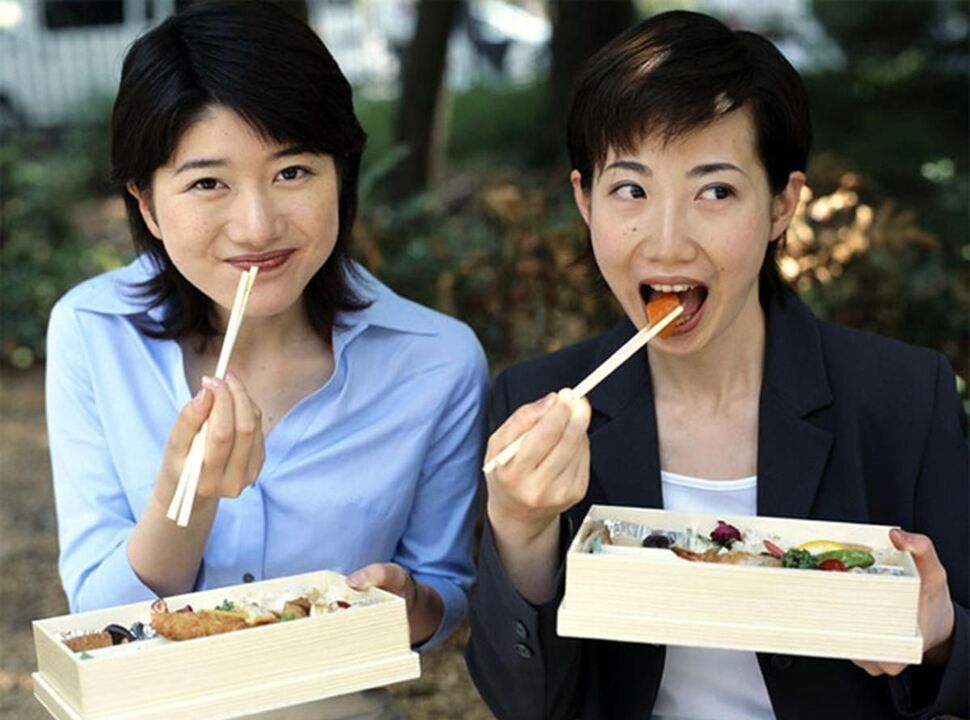
Many Asian girls are thin, the key to slimness is nutrition. The Japanese diet is a salt-free and low-carbohydrate nutritional system, thanks to which not only fat is removed, but also excess fluid, toxins and waste products.
Benefits of the Japanese diet:
- if all the rules are followed, rapid weight loss is guaranteed;
- the risk of regaining lost kilograms is minimized (with subsequent balanced nutrition);
- the diet consists of cheap and accessible products;
- it does not require a lot of time to prepare, all recipes are simple;
- suitable for athletes who want to dehydrate their body;
- According to some doctors, the diet helps to reduce cholesterol levels.
Thanks to the Japanese diet, you can get rid of 10-15 kg
This is possible only if you strictly follow the diet prescribed by the system. It is also worth considering the initial weight; the larger it is, the more noticeable the tilts will be.
Who is this diet suitable for?
Despite the efficiency of the Japanese food system, it is considered complex and tough, so not everyone can resist. The Japanese food system requires strict discipline and organization. The Japanese diet is not suitable for all women - this should be taken into account.
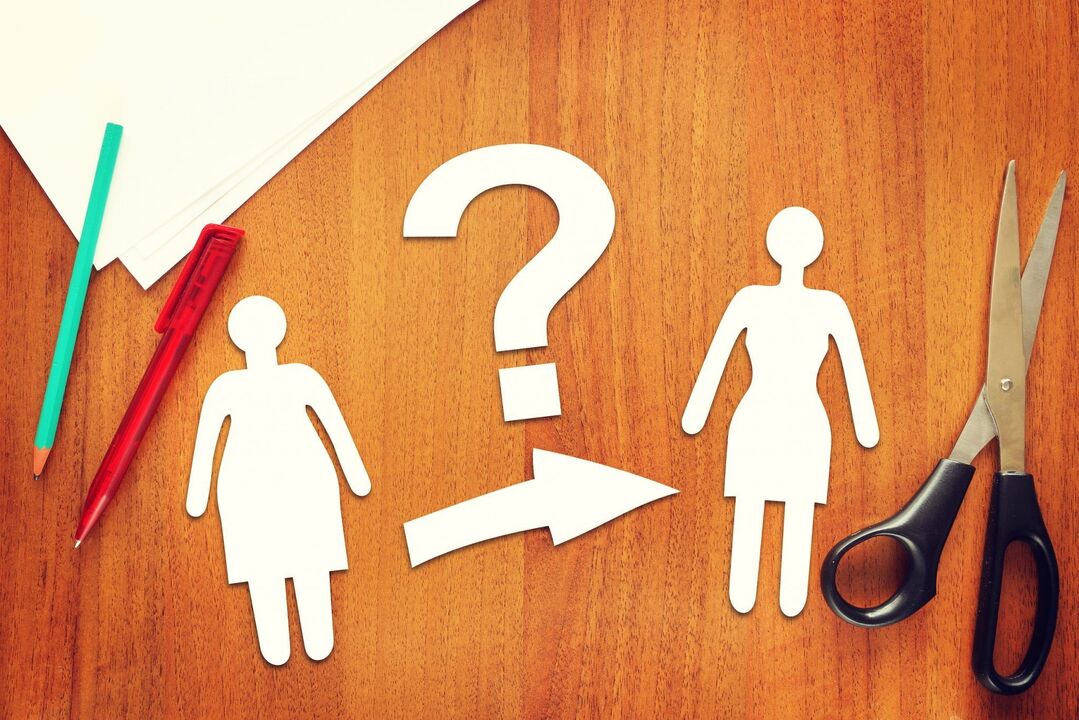
The diet is suitable for the following people:
- is actually overweight;
- he doesn't usually eat a lot of breakfast;
- does not quickly lose incentive and motivation;
- you have no health problems.
The positive effect of the diet is that you can not only lose weight in 14 days, but also change your eating habits. Many people who have gone on a diet get used to sugar-free tea and coffee even after leaving the diet. After giving up sugar and salt, many people begin to understand the true taste of food, so the consumption of these products is further reduced to a minimum.
Important! If the breakfast of a cup of coffee causes confusion, such a nutritional system is not suitable. It is wiser to look for other weight loss systems. The diet provided by the system should be a pleasure, not a painful punishment.
Characteristics and conditions of the Japanese diet
If a person who has decided to lose weight can easily give up salt, but still has health problems, it is worth consulting a doctor.
Note! It is recommended to eat light and low-calorie foods for several days immediately before starting the diet.
Basic rules of the diet:
- drink still water in a volume of at least 2 liters;
- exclude alcohol, flour, fatty and sweet foods from the menu;
- recommended portion size - 200 g;
- No snacks of any kind;
- We recommend that the food be prepared fresh;
- consumption of sweet fruits is not recommended;
- Tomato juice should be unsalted.
Record your weight loss results
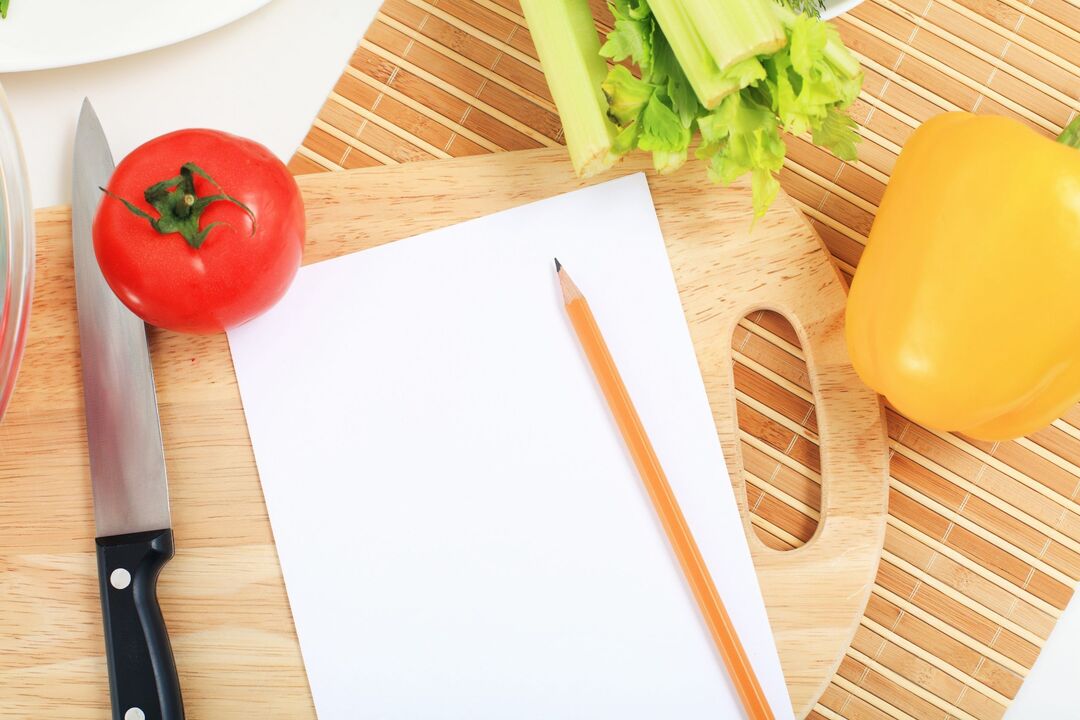
Basic diet products:
- lean meat;
- fish;
- egg;
- non-starchy vegetables;
- unrefined sunflower oil;
- tomato juice;
- low-fat kefir.
The undoubted advantage of the diet is the availability of products, but if 2 weeks of such nutrition are given with special effort and difficulty, then it is smarter to limit it to only 1 week.
Contraindications to the Japanese diet
Nutritionists specifically recommend using the 2-week method exclusively for young people who have no health problems.
Contraindications:
- puberty,
- pregnancy,
- lactation period,
- diabetes,
- age of change
- gastritis,
- hepatitis,
- inflammation of the gallbladder,

- gall-bladder,
- hypertension,
- kidney problems,
- neuralgic diseases,
- viral infections,
- inflammatory processes,
- stomach diseases,
- venereal diseases,
- AIDS.
The diet requires almost daily consumption of natural coffee on an empty stomach. If there are any problems or abnormalities in the functioning of the digestive organs, coffee will not have a healing effect in this case, so it is worth considering another nutritional system.
Japanese salt-free diet for 14 days. Menu table
The detailed menu for each day is included in the table.
| Day | To eat | Bowl |
| No 1: | breakfast: | tea or coffee (without sugar, of course); |
| dinner: | boiled eggs (2), coleslaw, seasoned 1 tsp. oils; | |
| dinner: | steamed fish fillet. | |
| No. 2: | breakfast: | tea or coffee + bread; |
| dinner: | fish fillet + vegetable salad; | |
| dinner: | stewed beef (up to 100 g), kefir (200 g). | |
| No. 3: | breakfast: | tea or coffee, bread; |
| dinner: | zucchini fried in oil; | |
| dinner: | eggs (2), beef (up to 200 g), cabbage salad. | |
| No. 4: | breakfast: | tea or coffee; |
| dinner: | boiled carrot, 15-20 gr. cheese, eggs (raw); | |
| dinner: | apples. | |
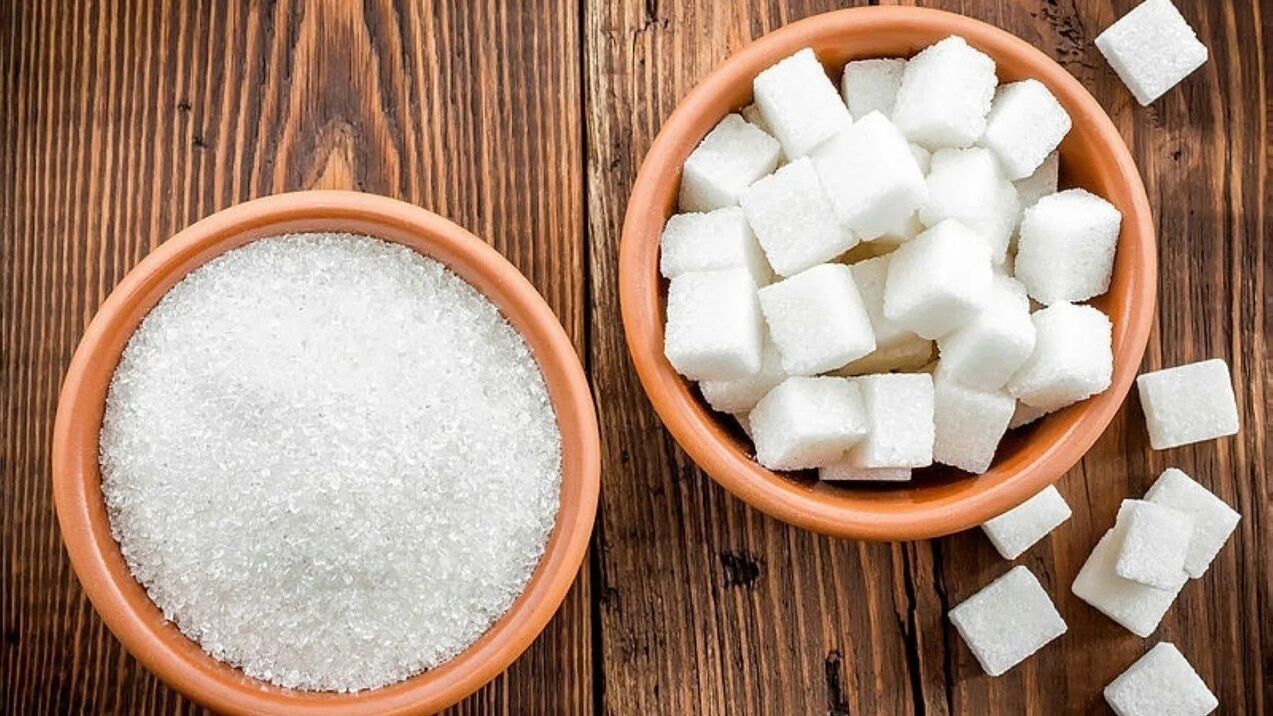 |
||
| No. 5: | breakfast: | grated carrot + lemon juice; |
| dinner: | tomato juice + fish fillet, | |
| dinner: | unsweetened fruits. | |
| No. 6: | breakfast: | tea or coffee; |
| dinner: | boiled chicken (1/2 part), cabbage or carrot salad; | |
| dinner: | 2 eggs, salad. | |
| No. 7: | breakfast: | tea; |
| dinner: | stewed veal, large apple; | |
| dinner: | any version of the dinner, except for the 3rd day. | |
| No. 8: | breakfast: | tea or coffee; |
| dinner: | chicken salad; | |
| dinner: | 1-2 eggs, carrot salad with lemon juice. | |
| No. 9: | breakfast: | carrot; |
| dinner: | fish + tomato juice; | |
| dinner: | fruits. | |
| Number 10: | breakfast: | you can choose from tea, coffee; |
| dinner: | carrot, 15-20 gr. cheese, raw eggs; | |
| dinner: | 2 unsweetened apples. | |
| No. 11: | breakfast: | bread, coffee; |
| dinner: | fried zucchini; | |
| dinner: | 2 eggs, boiled veal, salad. | |
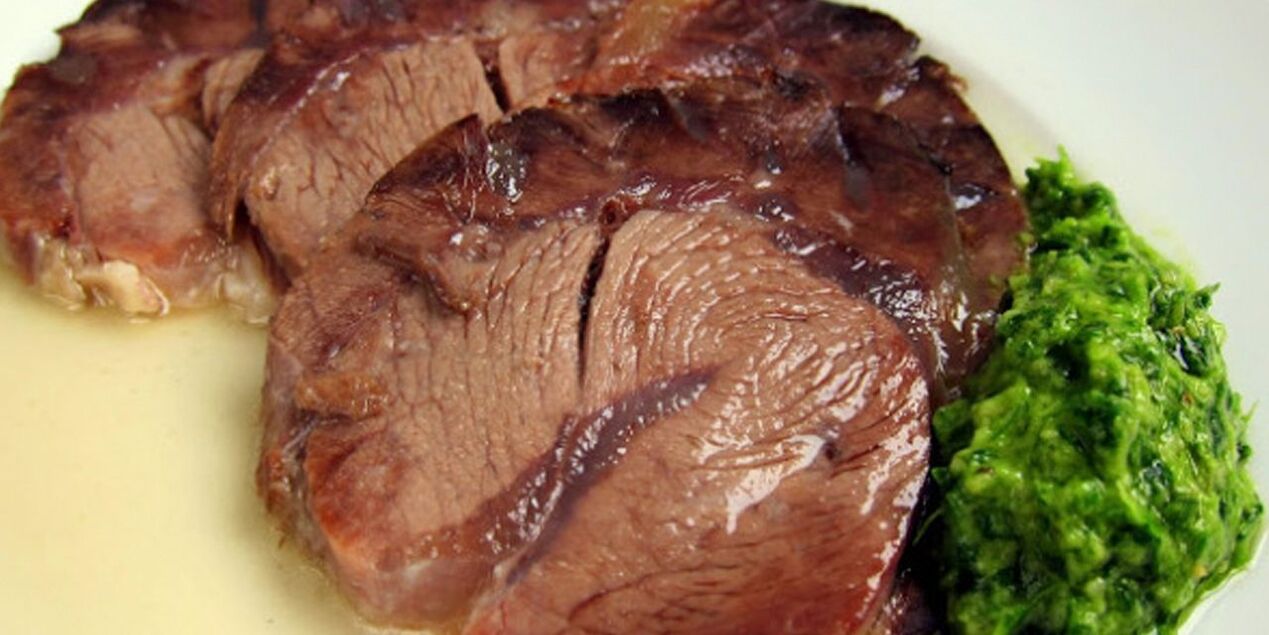 |
||
| No. 12: | breakfast: | coffee, bread; |
| dinner: | fish, salad; | |
| dinner: | kefir, beef 120 gr. | |
| No. 13: | breakfast: | coffee; |
| dinner: | eggs (2 pcs), cabbage salad, tomato juice; | |
| dinner: | fish. | |
| No. 14: | breakfast: | coffee; |
| dinner: | boiled fish, cabbage; | |
| dinner: | kefir, 200 gr. boiled veal. | |
The main type of meat processing is cooking. However, do not get carried away, stick to the diet.
Quitting the Japanese diet (menu example)
You should easily exit the diet, gradually increasing the portions and adding foods. To consolidate the results, it is important to choose light meals throughout the week. Only under these conditions will the lost kilograms not come back.
When the diet is over, you should eat at least 4-5 times a day for about a week
Note! Stomach pain and cramps may be the result of improper dieting, so it is important to eat in moderation and avoid foods that are harmful to your figure. Dried fruits are an acceptable snack in the Japanese diet.
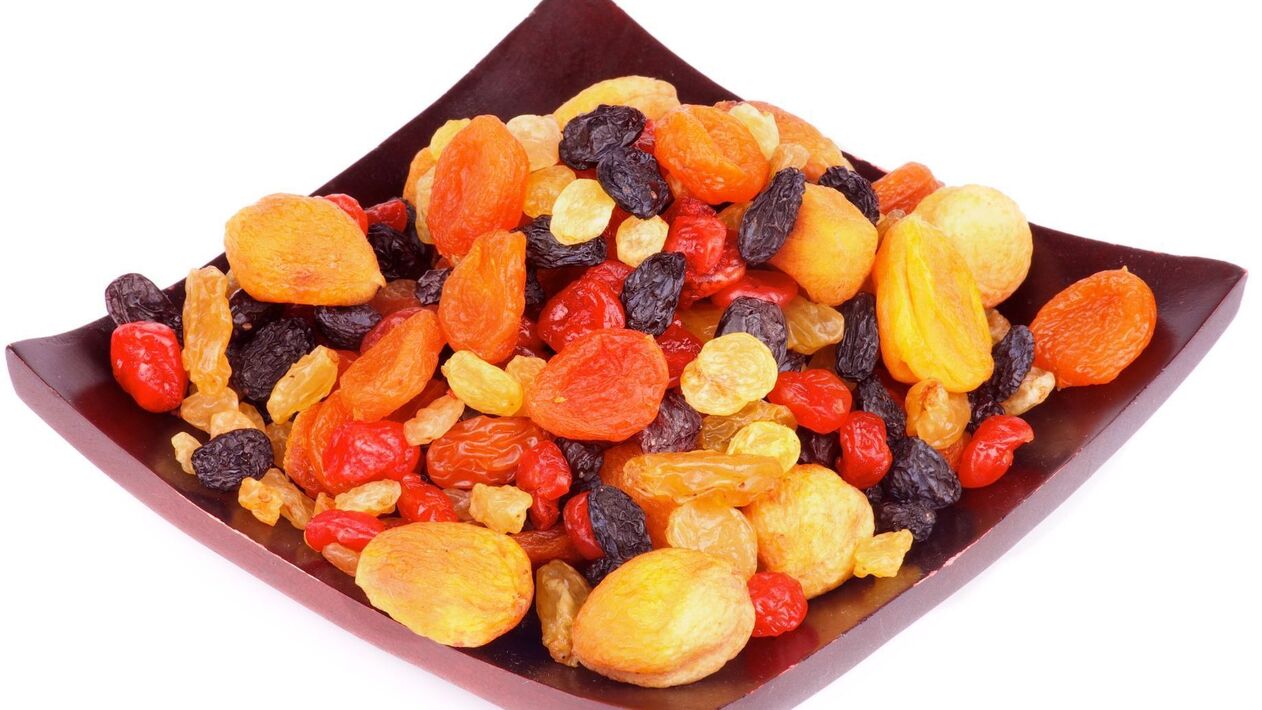
Menu (approximate):
- for breakfast you can eat a small portion of porridge, drink a cup of unsweetened tea;
- It is recommended to snack on dried fruit or 30 g of nuts;
- for lunch, a small plate of buckwheat or rice + a moderate amount of dietary meat or fish is acceptable;
- Ryazhenka or kefir is allowed for an afternoon snack;
- Boiled potatoes without oil are allowed for dinner;
- late dinner - a glass of milk.
Can the Japanese diet be extended for a month?
There are many variations of the Japanese nutrition method, but its maximum duration should not exceed 2 weeks. Experts recommend repeating such a menu 2, but no more than 3 times a year.
What can replace zucchini in the Japanese diet?
The diet includes a low-calorie product - zucchini, but not everyone who is losing weight likes this vegetable, or it cannot be obtained due to certain circumstances. Zucchini or zucchini can be replaced with: beetroot, cucumber, pumpkin, eggplant, cabbage or celery.

Some sources allow the use of squash caviar. Given that store-bought caviar contains products that are unacceptable to the Japanese food system (preservatives, salt, sugar), it is better to avoid this product.
Japanese rice diet for 13 days (original)
The original Japanese rice diet includes raw rice in the morning. Raw rice can rid the intestines of accumulated and rotten food residues. Unleavened rice normalizes the functioning of the intestinal system and helps get rid of excess subcutaneous fat. Rice is a healthy grain
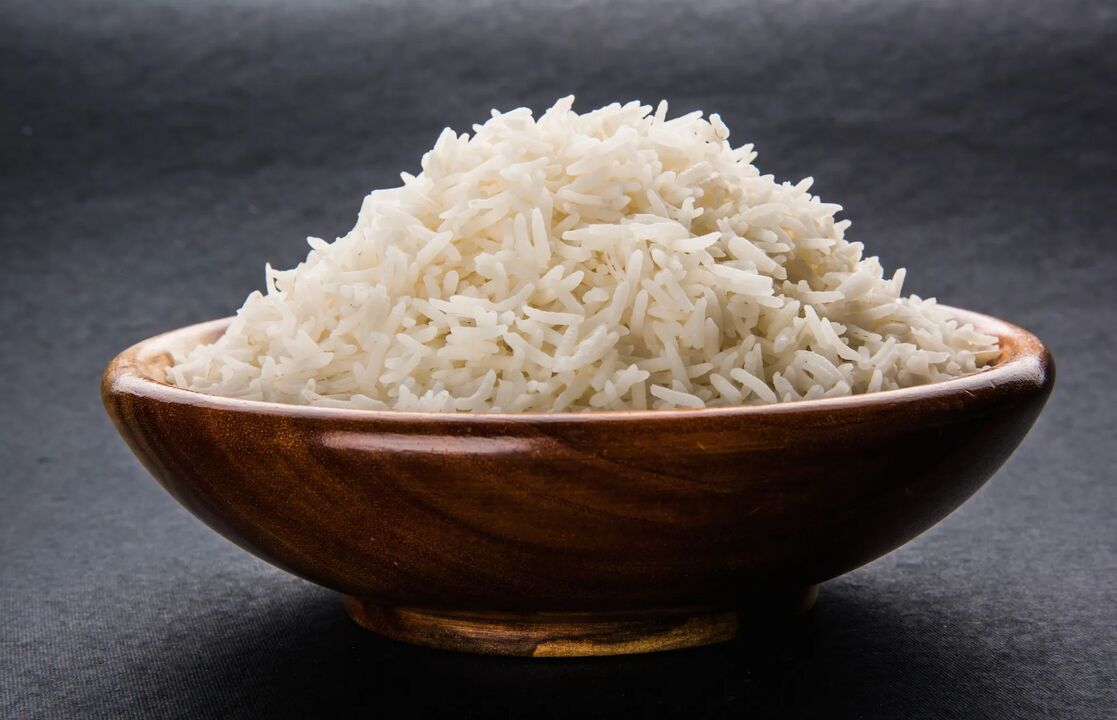
Before starting the diet, you need to prepare 4 identical containers, numbered in advance. If you are slightly overweight, 2 tablespoons of rice is enough, if your body mass index is high, then 3 tablespoons is the recommended dose.
Preparation phase:
- pour rice into the first container with 100 g of water;
- every other day pour out the contents of 1 glass and add fresh water. Pour rice into container number 2 and pour water;
- on the 3rd day, filter the 1st and 2nd cups of rice, rinse and add water;
- the next day, pour another batch of rice into glass number 3 and fill it with water;
- a day later, strain the rice from 3 glasses and pour liquid, add rice to the 4th glass and pour again;
- After the preparatory procedures, rice must be eaten on an empty stomach (without water) from cup number 1.
- additional food intake is allowed no earlier than 2 hours after eating the rice.
Note! Make a light dinner to complement your steamed rice diet and don't wash down the water-soaked rice with anything.
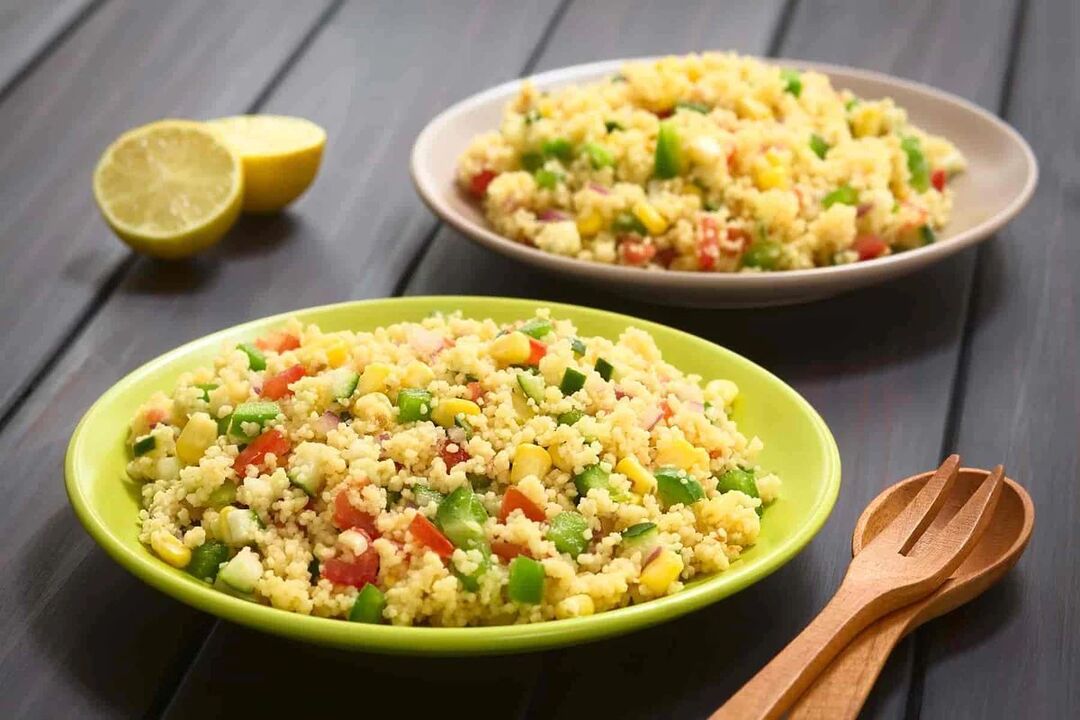
Dinner and lunch should consist of light foods, smoked foods, sweet, spicy, fatty and pickled foods are prohibited.
The consumption of alcohol is strictly prohibited during the technique!
After the container containing rice number 1 is empty, another batch of rice must be added. After that, the rice should be put at the end, so this glass will be number 4. In the next 12 days, you should eat rice soaked in water, and the next portions should be soaked for 9 days.
With the help of rice soaked in water, you can lose 2 kg in a week, but you should not abuse the raw product, it is recommended to use this method no more than 3 times a year.
Japanese diet for 7 days (original), sample menu
In order to achieve the maximum effect, it is important not to break your diet, not to change the meals or the order of the days. In order not to break down, it is better to find something exciting to do: watch interesting programs, read books, go for a walk - such behavior will help divert your thoughts from thoughts about food. It is very possible to read an interesting book in the fresh air.

Before starting the Japanese diet, it is recommended to reduce the amount of salt you eat, eat more grains, lean meats and vegetables to prepare your body for the upcoming dietary restrictions.
The daily diet is shown in the table:
| No 1 | coffee |
| hard-boiled egg, tomato juice, coleslaw | |
| fried or boiled lean fish | |
| No. 2 | coffee, dried bread |
| boiled fish, cabbage plant. oil | |
| beef (150 g), kefir | |
| No. 3 | coffee + bread |
| zucchini | |
| beef and coleslaw | |
| No. 4 | coffee |
| carrot, raw egg, cheese (max. 20 gr. ) | |
| unsweetened fruit | |
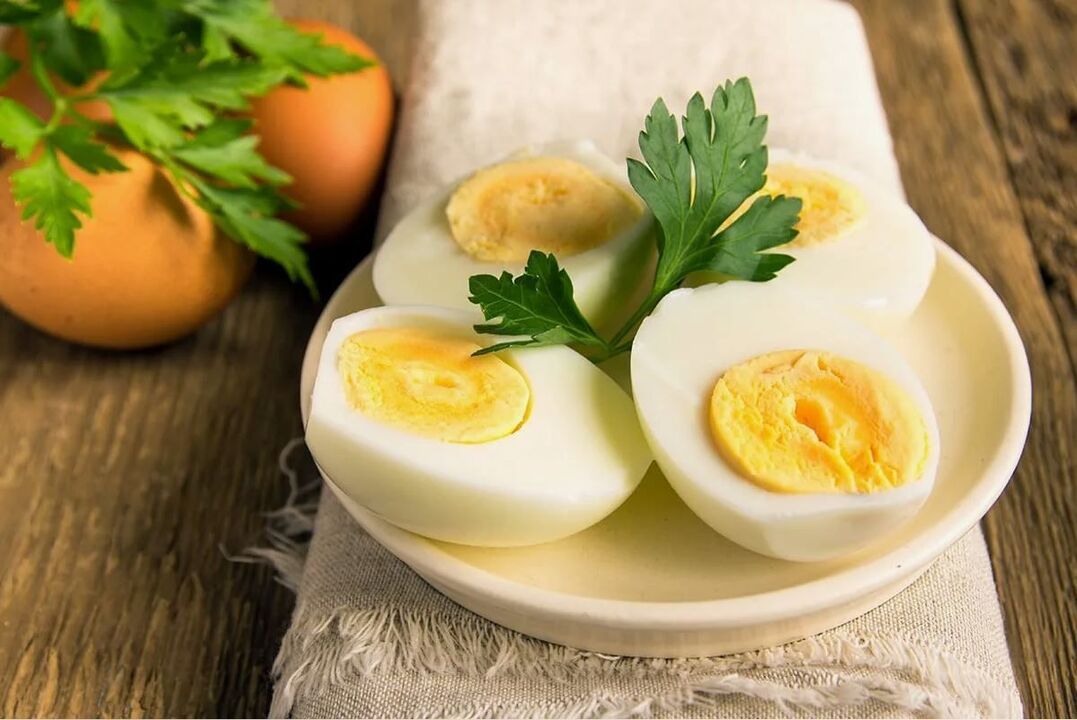 |
|
| No. 5 | carrot and lemon juice |
| fish + tomato juice | |
| fruits | |
| No. 6 | coffee |
| chicken (max. 500 gr. ) + carrot and cabbage salad | |
| egg + tomato or carrot juice | |
| No. 7 | tea |
| beef, fruit | |
| any version of dinner except day 3. | |
Japanese banana diet
According to a medical representative from Japan, you can lose weight with banana breakfasts. The doctor, who himself lost weight thanks to his technique, believes that bananas are an ideal product that helps to suppress hunger for a long time. Water and bananas are the basis of the Japanese banana diet.
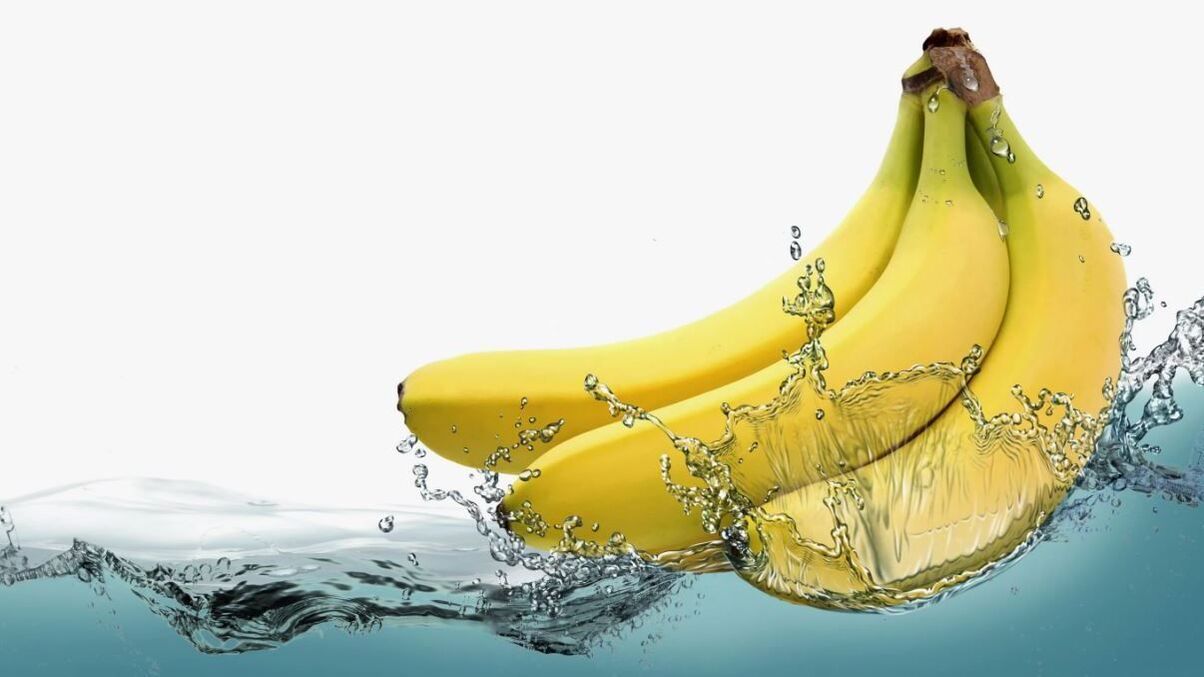
Bananas contain starch, which allows you to maintain a feeling of fullness, thanks to this product and plenty of drinking, your metabolism will speed up, and you can get rid of fat without changing food during lunch and dinner.
The banana diet, invented by a Japanese doctor, recommends that a person who wants to lose weight should eat 2 unripe bananas and 200 g of pure still water for breakfast.
The options for additional meals are selected independently. Of course, it is better to avoid desserts and fatty foods. It is mandatory not to eat after 20: 00. During the application of the technique, light snacks in the form of unsweetened fruits are allowed.
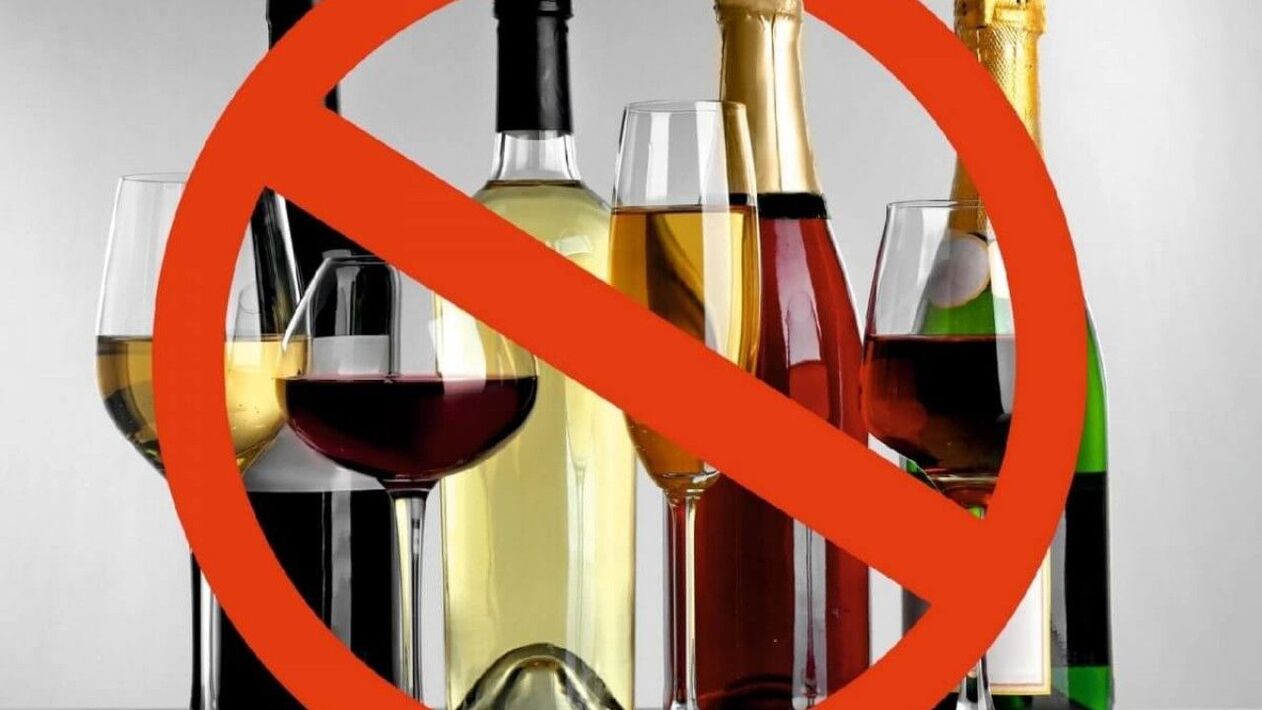
Note! In order to achieve the maximum effect, it should not be carried over during the diet. It is advisable to go to bed before 23-24 hours. Dairy products and alcohol should not be consumed. Carbonated fresh water is prohibited, only pure fresh water is allowed.
Japanese water diet
The Japanese use water to treat various diseases (diabetes, migraines, asthma, epilepsy) and lose weight effectively with the help of this affordable product.
To lose weight, you need to drink 600-620 ml of clean water on an empty stomach, after 40-45 minutes you can eat it. The water should be at room temperature. The Japanese water diet should be started with 200 ml of water on an empty stomach.
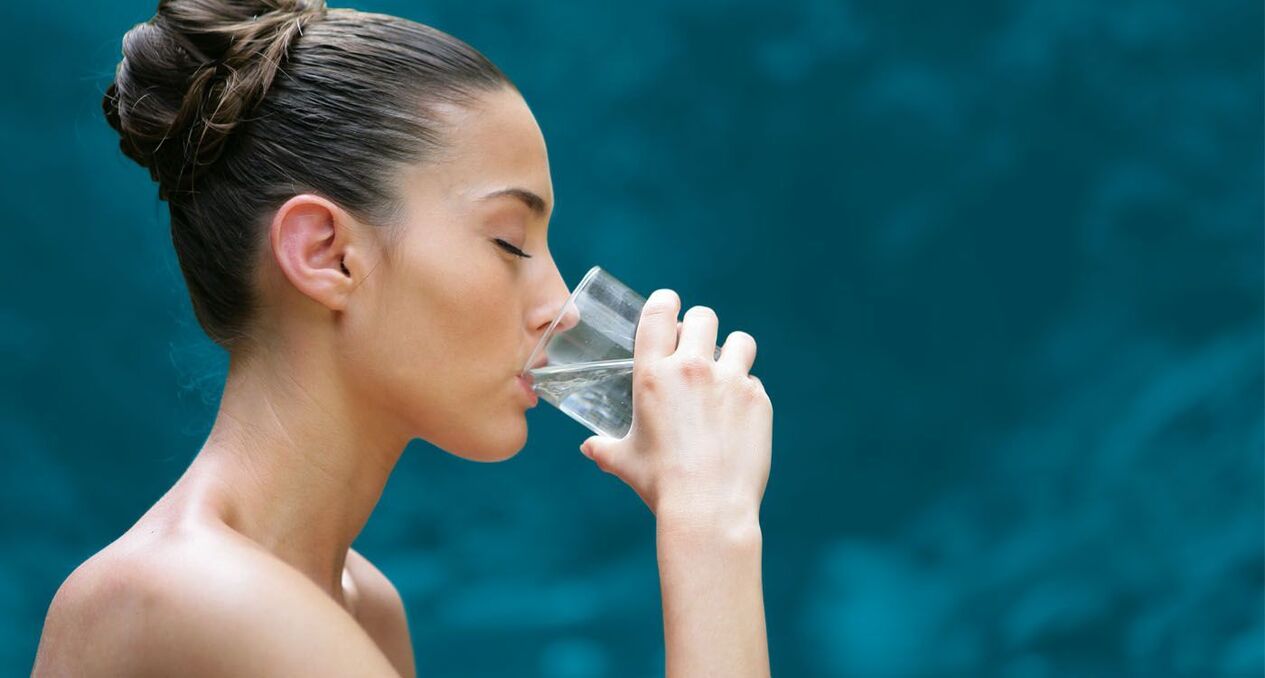
If initially it is difficult to drink the right amount of water at once, start with 200 g, gradually increasing the dose. It is recommended to practice this drinking technique regularly. It is an interesting fact that it is recommended to drink water in the morning, immediately after waking up, without brushing your teeth.
Advantages and disadvantages of the Japanese diet
The undoubted advantage of Japanese nutritional methods is the availability of products and low financial costs. Among the disadvantages of the diet is that it has quite a lot of contraindications, it is only recommended for healthy and young people.

During the Japanese diet, the calorie content of food is sharply reduced, first of all, fluid loss occurs, some of which will inevitably return when switching to a normal diet.
The diet is quite strict, malfunctions may occur even after stopping, so it is important to exit correctly, controlling the nutrition for 1 week, so the diet does not last for the specified 2 weeks, but for 3 weeks. The system is not suitable for those who are used to eating in small portions, as this means 3 meals a day.
Is there a lot of Japanese in the Japanese diet?
Japanese residents, unlike Americans, do not suffer from excess weight, which is due to the fact that they do not indulge in all kinds of hamburgers, pizzas, hot dogs and chips. Although Asians prefer light and low-calorie foods, they do not eat the foods prescribed by the so-called Japanese system.
The diet is called "Japanese" only because it was invented by Japanese nutritionists, and few people in Japan know about the banana diet, but in America it has been incredibly popular for several years.

The Japanese are a rather slender nation. In order for the Japanese diet to be successful, it is worth preparing for it by reducing the total calorie content of food in about a week. But don't limit yourself too much, it's enough to reduce your total calorie intake by 10%.
To distract yourself while dieting, it is recommended to completely immerse yourself in the oriental atmosphere, for example, you can eat with special chopsticks while listening to Japanese music. Such psychological techniques will help you stay on track and achieve the desired result.
The Japanese diet is an excellent way to tighten the figure and improve well-being, but do not forget that it is recommended for those who do not have health problems and to resort to it no more than 3 times a year.

















































































